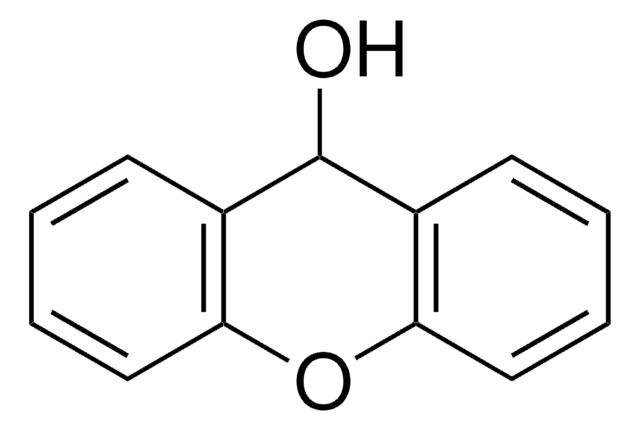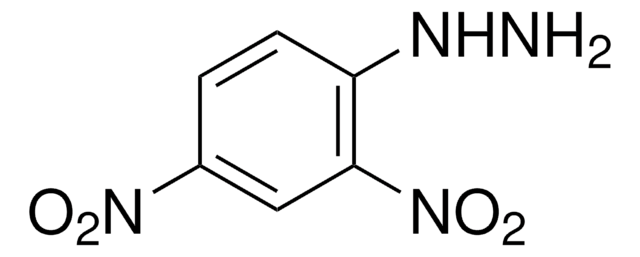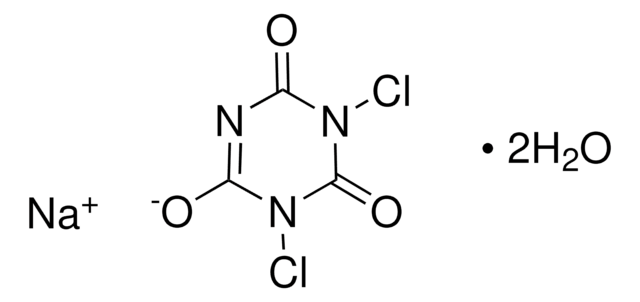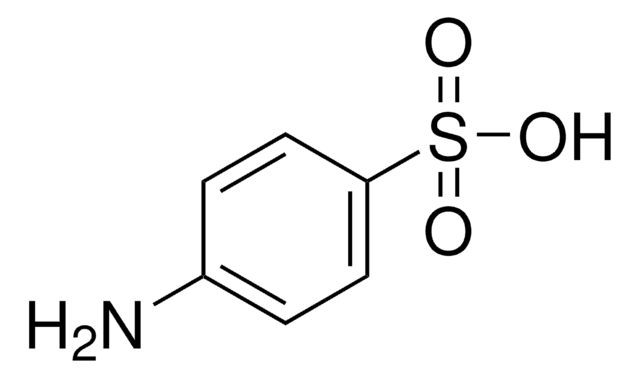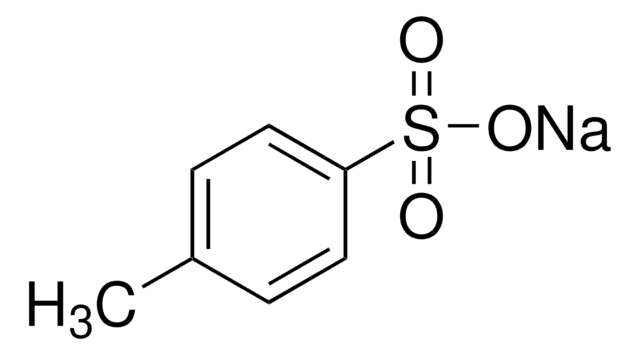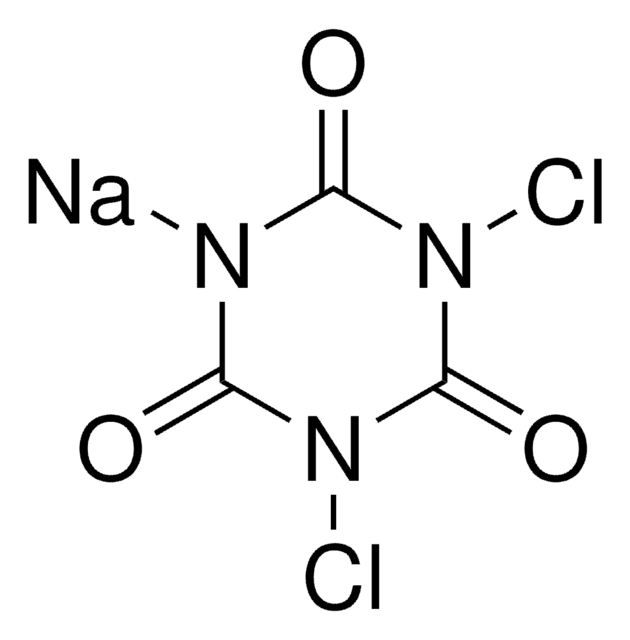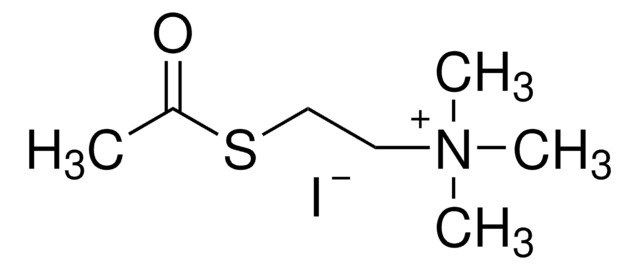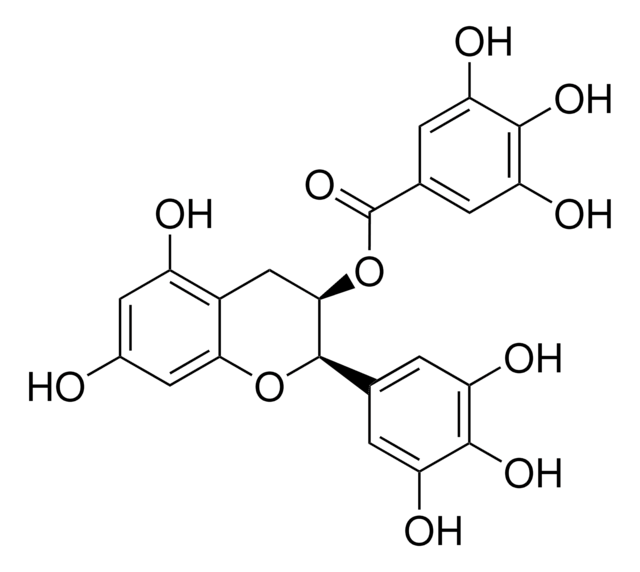95582
Xanthydrol solution
~10% in methanol, for the detection of urea
Sign Into View Organizational & Contract Pricing
All Photos(1)
About This Item
Empirical Formula (Hill Notation):
C13H10O2
CAS Number:
Molecular Weight:
198.22
Beilstein:
10395
MDL number:
UNSPSC Code:
12164500
PubChem Substance ID:
NACRES:
NA.21
Recommended Products
form
liquid
Quality Level
quality
for the detection of urea
concentration
~10% in methanol
density
0.83 g/mL at 20 °C
storage temp.
2-8°C
SMILES string
OC1c2ccccc2Oc3ccccc13
InChI
1S/C13H10O2/c14-13-9-5-1-3-7-11(9)15-12-8-4-2-6-10(12)13/h1-8,13-14H
InChI key
JFRMYMMIJXLMBB-UHFFFAOYSA-N
Looking for similar products? Visit Product Comparison Guide
Signal Word
Danger
Hazard Statements
Precautionary Statements
Hazard Classifications
Acute Tox. 3 Dermal - Acute Tox. 3 Inhalation - Acute Tox. 3 Oral - Flam. Liq. 2 - STOT SE 1
Target Organs
Eyes,Central nervous system
Storage Class Code
3 - Flammable liquids
WGK
WGK 3
Flash Point(F)
51.8 °F - closed cup
Flash Point(C)
11 °C - closed cup
Personal Protective Equipment
dust mask type N95 (US), Eyeshields, Gloves
Regulatory Information
危险化学品
Choose from one of the most recent versions:
Already Own This Product?
Find documentation for the products that you have recently purchased in the Document Library.
Kumiko Yamazaki et al.
Food additives & contaminants. Part A, Chemistry, analysis, control, exposure & risk assessment, 29(5), 705-715 (2012-01-20)
A novel GC-MS method was developed for the determination of acrylamide, which is applicable to a variety of processed foods, including potato snacks, corn snacks, biscuits, instant noodles, coffee, soy sauces and miso (fermented soy bean paste). The method involves
P V Biles et al.
Journal of AOAC International, 81(6), 1155-1161 (1998-12-16)
Contamination of food and food packaging material by rodent urine is evidence of insanitary conditions. Urea from rodent urine is used as a chemical indicator of contamination. The limit of detection of the xanthydrol/urea AOAC Method 959.14 by formation of
Shona Clark et al.
Journal of chromatography. A, 1161(1-2), 207-213 (2007-06-16)
A high-performance liquid chromatography (HPLC) method for the determination of urea that incorporates automated derivatisation with xanthydrol (9H-xanthen-9-ol) is described. Unlike the classic xanthydrol approach for the determination of urea, which involves the precipitation of dixanthylurea (N,N'-di-9H-xanthen-9-ylurea), the derivatisation procedure
Our team of scientists has experience in all areas of research including Life Science, Material Science, Chemical Synthesis, Chromatography, Analytical and many others.
Contact Technical Service